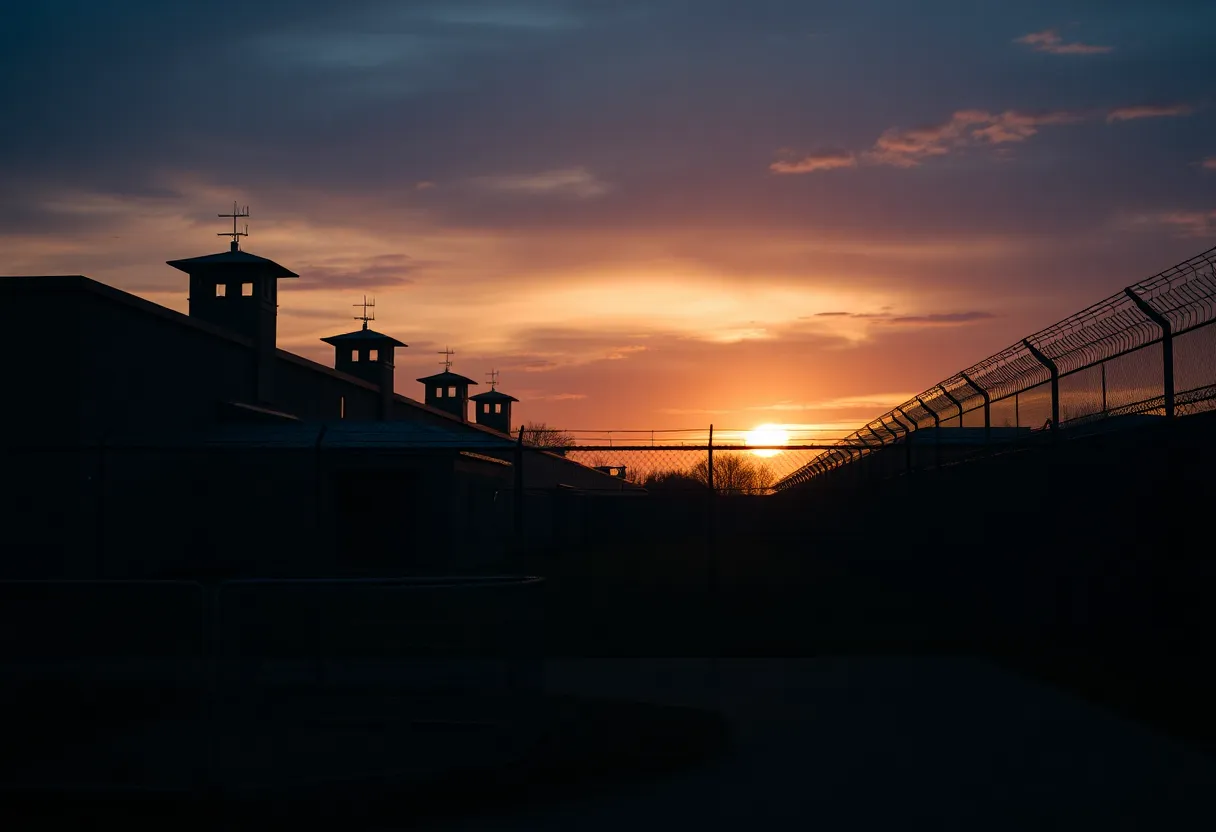Enrollment Trends Shift in Massachusetts Colleges
In a striking development this year, two elite colleges in Massachusetts, Amherst College and Tufts University, are reporting a drop in the number of Black students enrolling. This comes right after that controversial Supreme Court decision last June that shook up college admissions across the nation. The ruling made it much harder for universities to consider race as a factor when selecting students, and it looks like the consequences are starting to show in real-time.
Stats That Speak Louder Than Words
Let’s dive into the numbers. At Amherst College, the percentage of Black first-year students fell dramatically from 11% last year to just 3% this year. That’s an eight-point drop that raises some serious eyebrows. When you look at the Hispanic student numbers, they also took a hit, falling from 12% to 8%. Meanwhile, the percentage of white students at Amherst increased significantly from 33% to 39%. Even Asian American representation saw a slight uptick, rising from 18% to 20%.
Now over at Tufts University, the decline in Black student enrollment is also hard to ignore. Their incoming class of 2028 has seen Black student representation drop from 7.3% to 4.7%. At the same time, white students increased their share from 46.8% to 49.3%. The numbers for Asian American students dropped a tad from 20.3% to 19.7%.
The Big Picture
This trend doesn’t seem isolated. The Massachusetts Institute of Technology (MIT) also reported a significant decline in the number of Black students this week. Their figures shocked many, with Black enrollment plummeting from 15% last year to only 5% this year. Similarly, the share of Hispanic and Latino students at MIT dropped from 16% to 11%.
It’s worth noting that these numbers come after the Supreme Court struck down affirmative action policies in college admissions. Critics of the ruling warned that it could hinder efforts to increase racial diversity across campuses, and, judging by these stats, they may have been right.
Facing the Reality
Amherst’s dean of admissions, Matthew L. McGann, shared a candid acknowledgment of the troubling trend, saying, “As a consequence of the supreme court’s decision, the incoming class is not as racially diverse as recent classes have been.” This admission is a clear sign that the implications of this ruling are far-reaching.
As higher education institutions try to navigate these choppy waters, many are left wondering what this means for the future of diversity on campuses. With Harvard University and the University of North Carolina yet to release their enrollment data, anyone concerned about racial diversity in higher education is holding their breath. Will we see similar trends across more universities? Time will tell.
What Comes Next?
The big question hanging in the air is how these shifts in enrollment will impact the student experience and campus culture. A lack of diversity can have profound effects—not just on students from underrepresented backgrounds—but on everyone involved, shaping discussions, ideas, and perspectives in classrooms.
As we move forward, it’s crucial for colleges and universities to address these concerning trends head-on. While the landscape of education is changing, the hope is that institutions will find ways to foster a more inclusive environment for all students, regardless of race or background. Let’s keep an eye on how things develop in the coming months and years.






